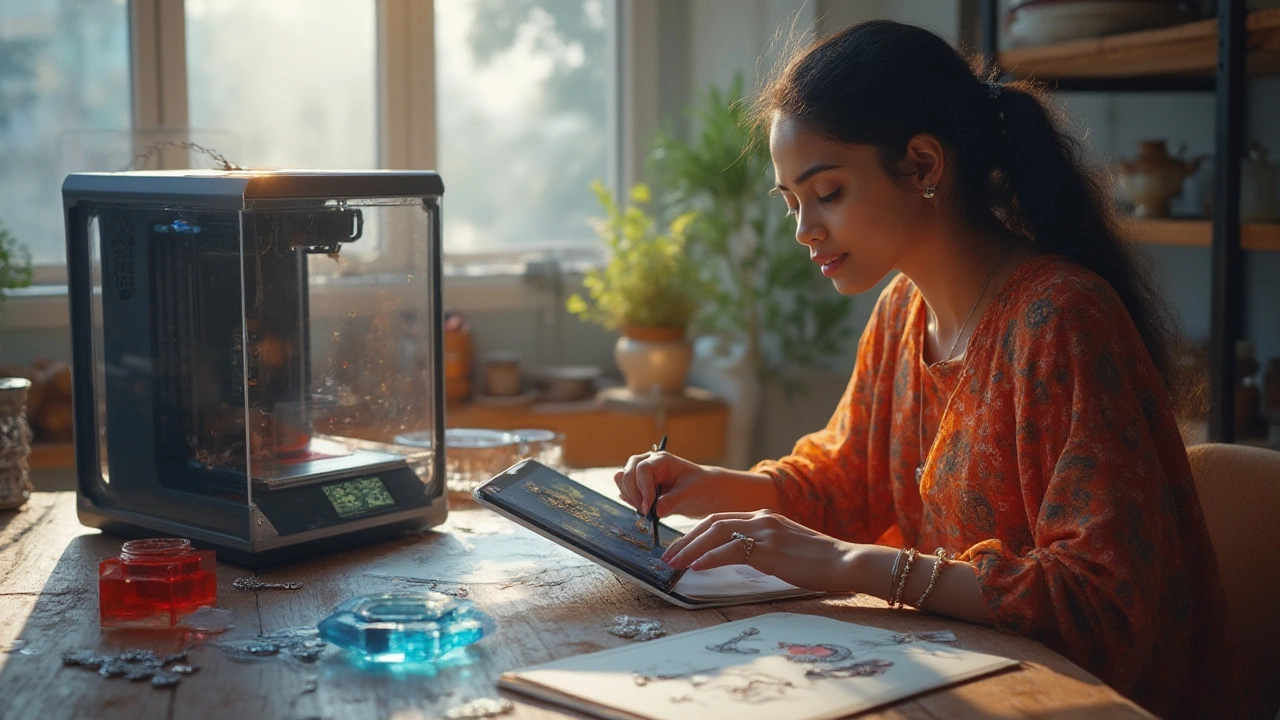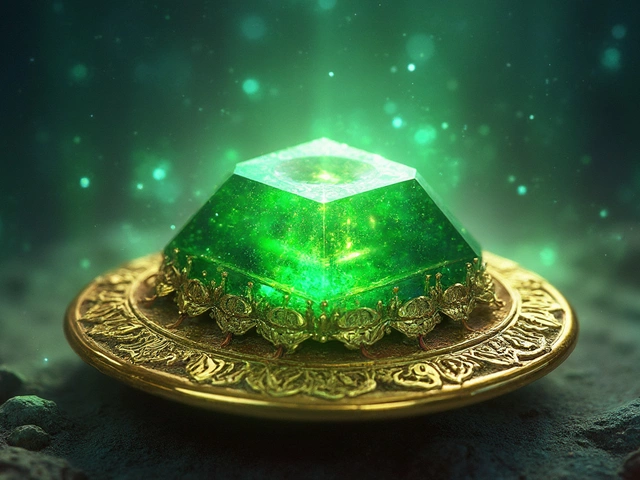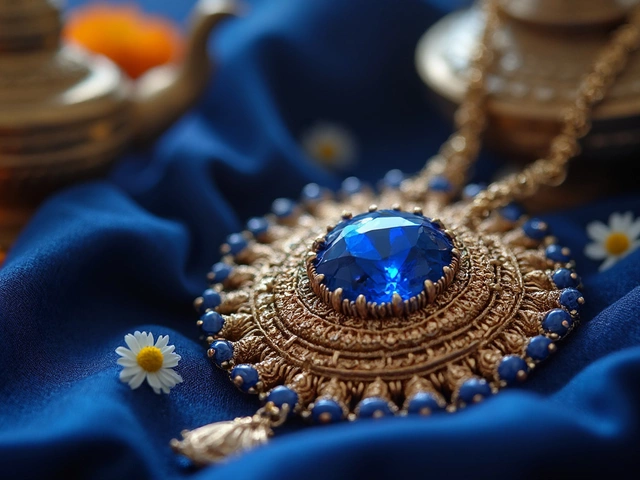3D Printing Jewelry – What You Need to Know
If you’ve seen a ring that looks like it was made by a robot, you’re probably looking at a 3D‑printed piece. In simple terms, a 3D printer builds a design layer by layer, turning a digital file into a solid object. The process works with plastics, metals, even ceramic, so designers can create shapes that traditional casting can’t handle.
One of the biggest perks is speed. What used to take weeks of molding and casting can now be done in days or even hours. That means you can test a design, tweak it, and produce a final piece without waiting for a whole production run. It also opens the door for custom jewelry that fits your exact style or size.
Why 3D Printing is Changing Jewelry
First, customization is effortless. You upload a 3D model or work with a designer to tweak an existing file, and the printer reproduces it exactly. No need for molds, which are expensive and limit how many variations you can make. Second, waste drops dramatically because the printer only uses the material needed for the item, unlike the excess metal that’s cut away in traditional casting.
Third, complexity comes cheap. Think intricate lattices, moving parts, or hidden compartments – all possible without extra cost. Finally, you get a new level of transparency. Since the design file is digital, you can see every detail before the piece is printed, reducing surprises.
How to Choose a Reliable 3D‑Printed Piece
Start by checking the material. For everyday wear, stainless steel or 3D‑printed gold alloys are safe choices. If the item is made from a plastic resin, make sure it’s rated for skin contact and can handle daily wear.
Look for certifications or hallmarks that prove the metal’s purity, just like you would with traditional jewelry. Reputable sellers often list the alloy composition and the printing technology used (SLM for metal, SLA for resin, etc.).
Ask about post‑processing. A raw print might feel rough or have visible layer lines. Good manufacturers polish, plate, or treat the piece to give it a smooth, shiny finish. If they provide before‑and‑after photos, that’s a solid sign they care about quality.
Read reviews focusing on durability and fit. Since 3D‑printed items can be made on demand, return policies may differ from standard stores. A seller that offers a clear warranty or easy return shows confidence in their work.
Finally, compare prices with traditional pieces. While 3D printing can cut costs, extremely low prices might mean cheaper material or cutting corners on finishing. A price that’s a bit higher than a mass‑produced ring is normal for a custom, well‑finished piece.
In short, 3D printing lets you get jewelry that matches your vision, arrives fast, and uses less material. By checking material details, certifications, finish quality, and seller reputation, you can enjoy the tech without worrying about safety or longevity. Ready to explore a 3D‑printed necklace or ring? Start with a trusted designer or an online store that clearly shows the printing process and material specs, and you’ll be wearing a piece of the future in no time.
How to Make Stunning Jewelry Using a 3D Printer at Home
Discover how you can make custom jewelry with a 3D printer. Learn about the process, tools, materials, expert tips, and design secrets. Simple, detailed guide.





